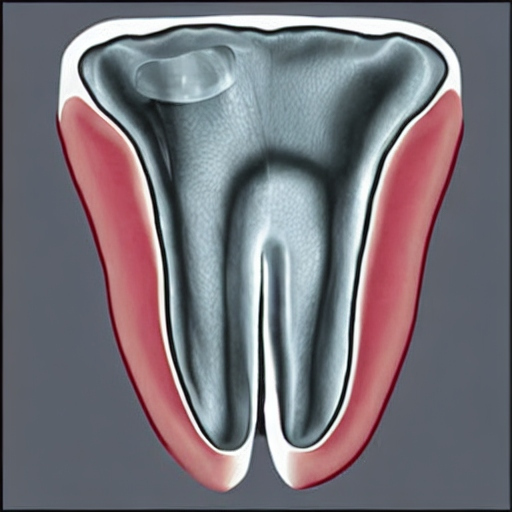Retromolar Pad Definition, Anatomy, Location, Swelling
What is Retromolar Pad?
The retromolar pad is a soft tissue mass positioned at the posterior end of the mandible's alveolar ridge. It surrounds the underlying bone with connected muscle fibers. The retromolar space, also known as the gap, is a short area at the back of the mandible that connects the back of the last molar to the front edge of the ascending ramus as it crosses the mandibular notch.

Retromolar Pad Definition
The retromolar pad, also known as the piriformis papilla, is a small, raised region of soft tissue located at the back of the lower jaw (mandible), below the final molar teeth.
Retromolar Pad Anatomy
- Location: The retromolar pad rests on the retromolar trigone, a triangle-shaped region of tissue positioned between the mandible's ascending ramus and the final molar tooth.
- Structure: It is made up of specific muscle fibers, mucous glands, and loose connective tissue. The surface of the pad is covered with a non-keratinized stratified squamous epithelium, which is identical to the epithelium that lines the inner cheeks.
- Blood supply: The pterygomandibular artery supplies blood to the retromolar pad.
- Nerve supply: The pad receives sensory input from the lingual nerve.
Retromolar Pad Location
The retromolar pad is located in the back of the mandible, between the last molar and the anterior edge of the ascending ramus. This region overlaps the attachment points of the buccinator and superior constrictor muscles and includes an outgrowth of the palatine salivary glands. In prosthodontics, the pad is essential, as it is covered by the removable denture base, which ensures a secure foundation and optimal functionality for lower dentures.
Retromolar Swelling
Swollen retromolar pads can be caused by many circumstances. Some of the most typical causes are listed below:
- Infection: This is the leading cause of retromolar pad edema. The tissue around the wisdom teeth may harbor microbial accumulations, which result in edema and inflammation. There may be discomfort, redness, and poor breath along with this.
- Trauma: Swelling can also result from trauma to the retromolar pad, such as biting your tongue or cheek. This kind of swelling normally goes away on its own in a few days and is not as severe as swelling brought on by a medical condition.
- Tumor: Tumors can occasionally be the reason for an enlargement of the retromolar pad. It's necessary to visit a doctor to rule out cancer if you discover a lump that is expanding or that does not go away after a few weeks.
- Cyst: A cyst is a fluid-filled sac that can develop in the tissue surrounding teeth. Swelling, pain, and trouble opening your mouth can all be symptoms of cysts.
- Foreign body: Swelling and discomfort may result from a foreign object, like a toothpick or piece of food, getting trapped in the retromolar pad.
 Reviewed by Simon Albert
on
January 30, 2024
Rating:
Reviewed by Simon Albert
on
January 30, 2024
Rating:











